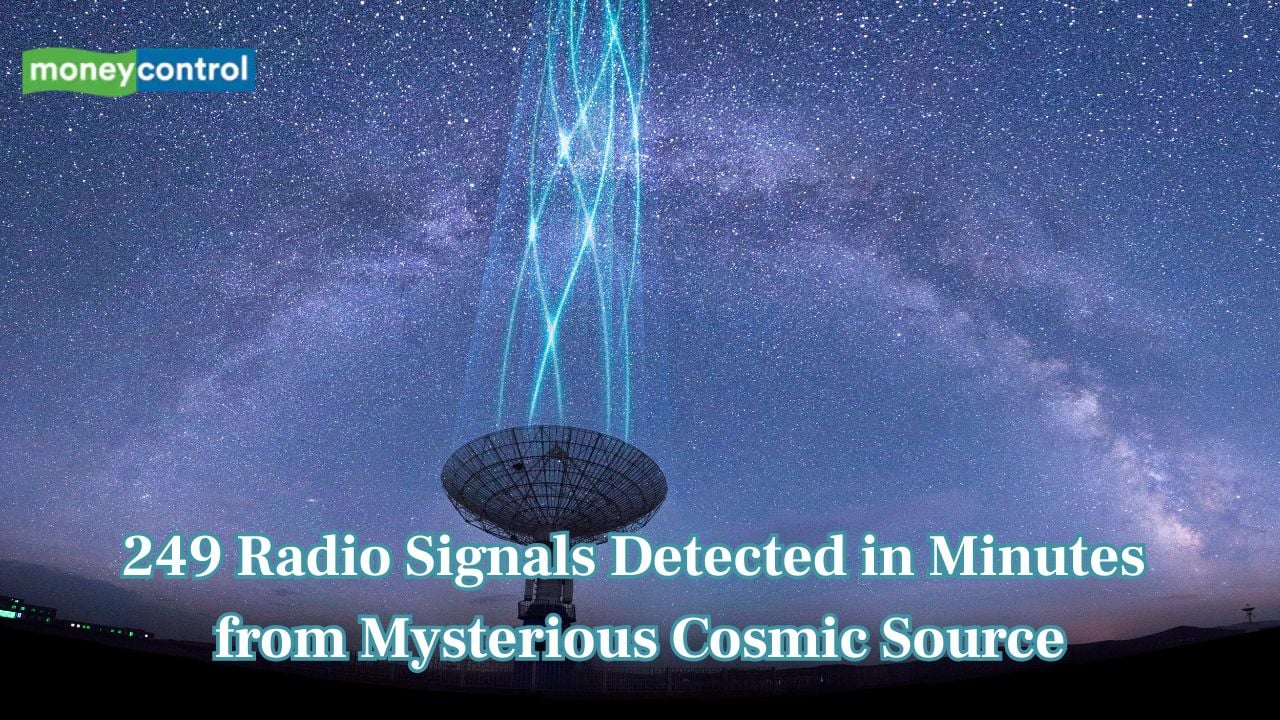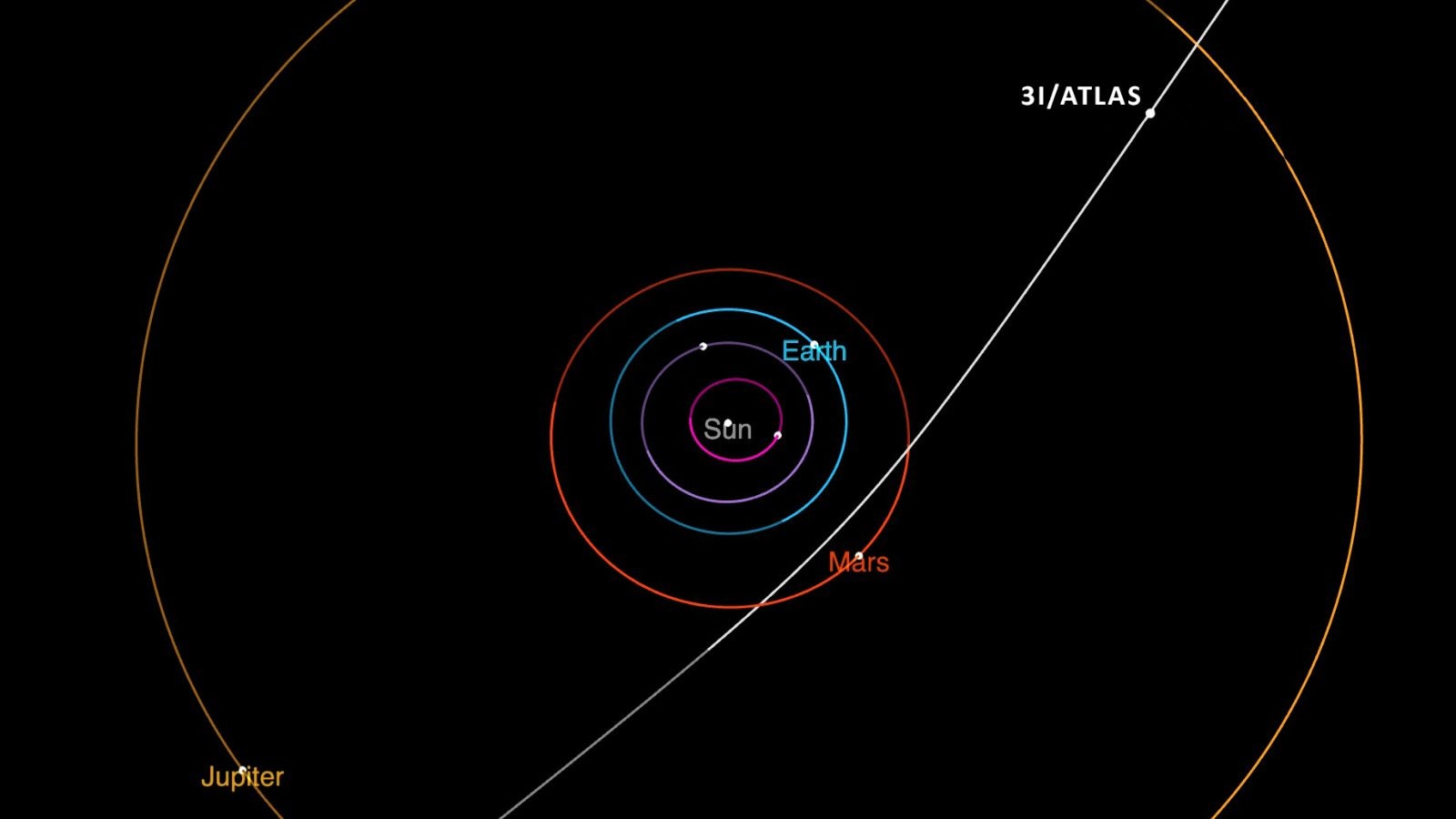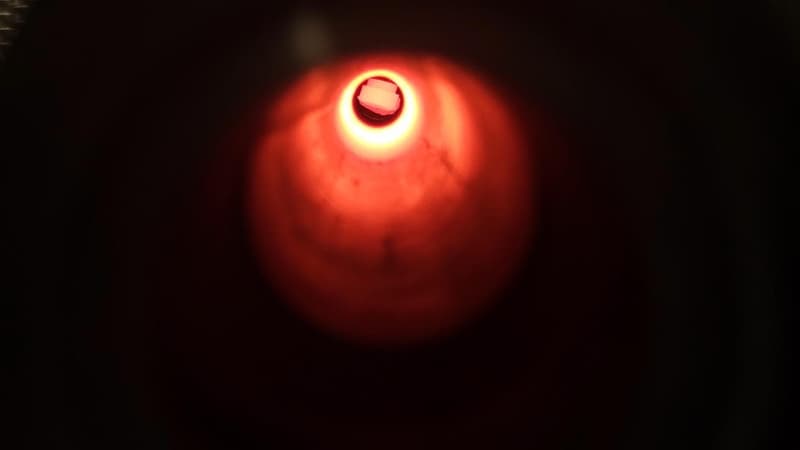Astronomers Uncover Shocking Cosmic Signal: 249 Radio Bursts in Just Minutes!

What if I told you that somewhere out there in the vastness of space, a mysterious source is sending out radio waves like clockwork? Astronomers in South Africa have just made a groundbreaking discovery that has people wondering about the secrets of the universe. Using the cutting-edge MeerKAT telescope, they captured an astonishing torrent of short radio bursts, with a staggering total of 249 signals detected in just a couple of minutes!
The excitement began on June 19, 2024, when a team of researchers identified a repeating fast radio burst source, cleverly named FRB 20240619D. Their initial detection was nothing short of spectacular, as they recorded three bursts in the L band within a mere two minutes.
But this was just the beginning. One week later, armed with precision and anticipation, scientists re-focused their efforts on this extraordinary source. They observed bursts across ultra-high, L, and S bands, leading to the total of 249 bursts in that short span. This remarkable frequency of emissions establishes it as one of the most active sources ever tracked!
So, what do these bursts tell us? Many of the radio signals only filled certain slices of the frequency band, while some showed intriguing patterns known as drifting substructures, moving downward over time—something often associated with known repeaters in the cosmos.
Interestingly, the majority of the bursts were highly linearly polarized, but not all. A fraction even displayed measurable circular polarization during observations. These findings are crucial as they help narrow down the potential physical emission models, hinting at activity near a strong magnetic star.
The characteristics of the bursts align closely with scenarios expected from magnetars—neutron stars with incredibly strong magnetic fields. The researchers noted that the angle shifts and swings hinted at localized plasma effects, adding another layer of mystery to this already fascinating phenomenon.
But what does all this mean for our understanding of fast radio bursts (FRBs)? The new source seems to share similarities with earlier repeaters like FRB 20121102A, both exhibiting chaotic bursts of hundreds of events within just an hour. Such parallels suggest a possible common origin for these active repeaters.
Fast radio bursts are not just cosmic curiosities; they serve a significant purpose in astronomy. They allow scientists to map hidden matter across the universe. As these signals traverse intergalactic plasma environments, they accumulate dispersion, which helps researchers locate missing baryons in the cosmic web—pieces vital for understanding the universe's structure.
These groundbreaking results were published in the Monthly Notices of the Royal Astronomical Society, showcasing how these rapid bursts provide unique tools for exploring the universe’s hidden architecture.

























